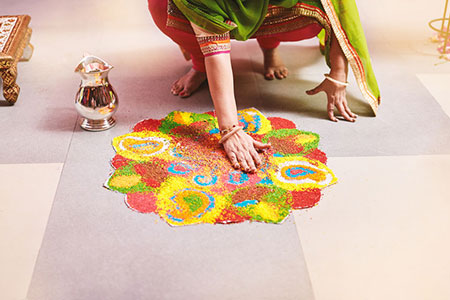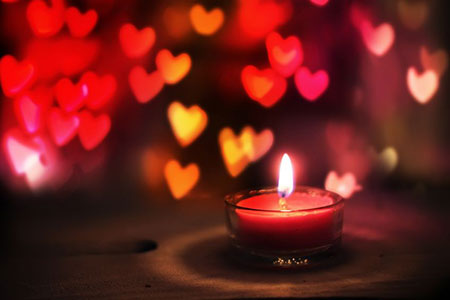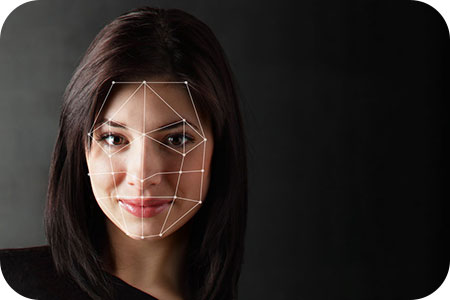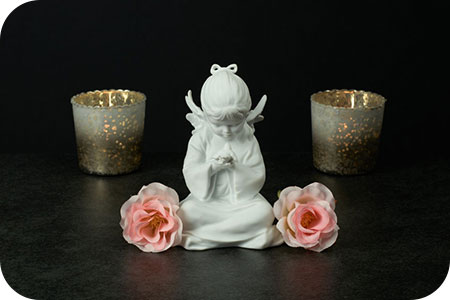symbolism
Mandala Meditation
 Mandala is an ancient word simply meaning ‘circle’ in Sanskrit. Mandalas are patterns which range from simple to complex, and are said to represent the Universe and its energies. Varying designs have appeared for centuries in cultures around the world. These beautiful and intriguing works of art can be used in any meditative practice.
Mandala is an ancient word simply meaning ‘circle’ in Sanskrit. Mandalas are patterns which range from simple to complex, and are said to represent the Universe and its energies. Varying designs have appeared for centuries in cultures around the world. These beautiful and intriguing works of art can be used in any meditative practice.
To use a mandala in your spiritual practice, begin by choosing one which has special meaning for you, or has a design you personally find harmonious. Many can be found online, in design books, or in color-it-yourself art books. The colors and patterns can also hold intrinsic meanings.
When you have found a mandala you like, use it as a focal point for meditation. State your intent beforehand. While studying the design of your mandala, let your mind stray into the subconscious.
This work is quite similar to candle or crystal work, in that the imagery directs our thoughts rather than the other way around. If you’ve ever found yourself getting lost in the patterns of a tile floor, or the wallpaper in a favorite room, then you’re already well-equipped for mandala work!
Changing Your Future
 Working with my clients to co-create a future outcome is one of the aspects of doing psychic readings which I enjoy the most. Setting the right intention for a future manifestation not only helps them with the issue they initially consulted me about, but also tends to improve every area of their life.
Working with my clients to co-create a future outcome is one of the aspects of doing psychic readings which I enjoy the most. Setting the right intention for a future manifestation not only helps them with the issue they initially consulted me about, but also tends to improve every area of their life.
It is likely if someone carries an imbalance in one area of life, it’s bound to show up in other areas too. For example, if you know someone who struggles in their love life, because they’re always hopping from one relationship to the next, it’s more than likely that person displays the same behavior at work and with many other decisions and choices in their life.
These habitual behavior patterns take hold in our lives for a variety of reasons, including, but not limited to, our childhood upbringing, society, genetics, and our astrological birth chart. However, I don’t believe these patterns fully define us, or that we are permanently bound by them. Whether one is born a saint or a sinner, rich or poor, privileged or not, when a person awakens from the myth of who they thought they were, and stops running away from their fears, they can decide to change their future and allow success into their life.
This is where the magic comes in. The simple act of ‘deciding’ something, even in the face of discouragement, is when we align with the powerful forces of the Universe to co-create the life we really want! I’ve seen this in Astrology, with even the most difficult astrological chart aspects. When someone wakes up, or realizes that they are an unlimited being, their entire world shifts. I’m a firm believer that we come here to transcend our astrological chart, not be imprisoned by it.
Ritual For Manifesting Your Every Desire
 I recommend the following ritual for manifesting your every desire. The ritual is designed to create your intent, infuse it with power and then allow the Universe to bring a specific request, outcome, goal or dream into being.
I recommend the following ritual for manifesting your every desire. The ritual is designed to create your intent, infuse it with power and then allow the Universe to bring a specific request, outcome, goal or dream into being.
Supplies
- 2 votive candles: 1 purple, 1 color of intent (see below)
- Intent incense (see below)
- Stone of intent (see below)
- Manifestation journal or notebook, and pen
- Bell
Intent Candles, Incense, and Stones
- Love: Pink Candle, Rose Incense, Rose or Clear Quartz
- Money: Green Candle, Amber Incense, Jade or Emerald
- Health: Yellow Candle, Rain Incense, Tiger’s Eye or Amber
- Career: Indigo Candle, Sage Incense, Sapphire or Lapis Lazuli
- Spiritual: Purple Candle, Lavender Incense, Opal or Moonstone
- Protection: Orange Candle, Jasmine Incense, Amethyst
- Other: Red Candle, Patchouli Incense, Obsidian or Jet Continue reading
Nine Lemons In A Bowl
 You will always find a bowl filled with exactly nine lemons in the center of my kitchen island. It is a labor of love keeping that bowl filled to this exact number, but the happiness which fills my soul with just a quick glance at them, makes all the effort worthwhile – because I know they are doing so much for me physically, mentally and emotionally.
You will always find a bowl filled with exactly nine lemons in the center of my kitchen island. It is a labor of love keeping that bowl filled to this exact number, but the happiness which fills my soul with just a quick glance at them, makes all the effort worthwhile – because I know they are doing so much for me physically, mentally and emotionally.
So, why lemons and why exactly nine? In Feng Shui, lemons are believed to help clear away bad karma and their bright yellow color is a symbol of optimism and happiness. Also, in Feng Shui, the number nine is considered to be the luckiest, as it represents wealth, accomplishment, and attaining personal goals. Why would I not want to welcome these wonderful attributes into my home with such a gift from nature?
I love the pop of color those nine lemons bring to my home and they have actually become a permanent part of the decor. Of course, it does help that I happen to have a large lemon tree in my backyard. From December to April lemons are available in abundance here in Arizona!
Lemons are also a great source of nutrition. They are a natural antioxidant and great source of Vitamin C. Lemons helps to detoxify the body and clear away negative energies, to bring balance to your health and your soul. They also create a positive, uplifting environment.
What Your Face May Reveal
 The art of palmistry divines the hidden meanings in the shapes and patterns of our hands. But did you know that reading the face is also a psychic art? From ancient times face reading, or physiognomy, has been used as a method of divination to gain insight into personality, individual gifts, and personal relationships.
The art of palmistry divines the hidden meanings in the shapes and patterns of our hands. But did you know that reading the face is also a psychic art? From ancient times face reading, or physiognomy, has been used as a method of divination to gain insight into personality, individual gifts, and personal relationships.
The face, like the hands, can be read in multiple ways. For someone just beginning, start with the basics. The left side represents the person’s basic temperament (outward) where the right side reveals the emotions (inward). If we divide the face into thirds, the top third is the past and childhood, the middle third is the present, and the bottom third the future, as well as hidden motives. The part of the face which appears most prominent will usually indicate where the person’s thoughts linger the most.
Three basic face shapes (round, square, and oval) are strong indicators of a core personality. Round faces reflect a person who is outgoing and artistic, but may be unreliable. Those with square faces are often strong-willed and confident, but may struggle with anger and frustration. And oval faces tend to belong to those who are intelligent and optimistic if a little unfocused.

